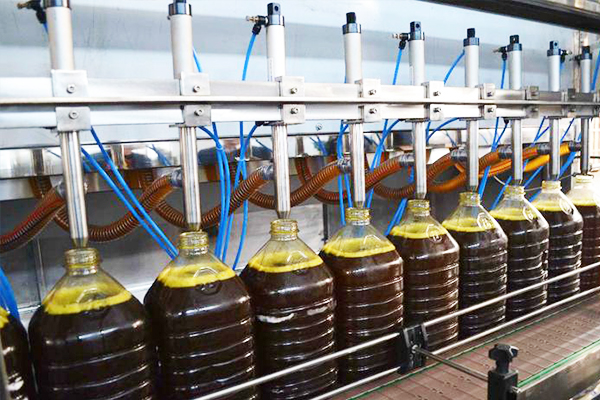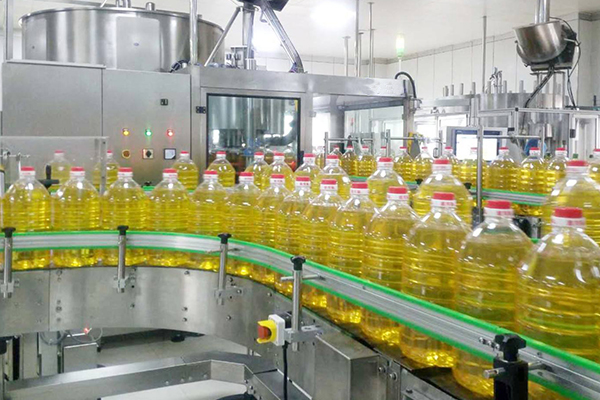Release Date:2025-07-31 11:23:14 Popularity:
In today's era of rapid industrial development, automated production lines have become a core means for improving efficiency, reducing costs, and ensuring quality in the manufacturing industry. They integrate multiple advanced technologies, including machinery, control systems, sensors, data acquisition, and intelligent algorithms, into a unified workflow, enabling automated control and management of the entire process, from raw material input to finished product output.

I. Definition and Components of an Automated Production Line
An automated production line refers to a continuous, automated production system based on a specific process flow, utilizing automatic conveying and automated operating equipment through program control and system integration to complete product manufacturing. Its main components include:
Automatic loading and conveying systems: These enable the automated transportation of raw materials or semi-finished products.
Processing and assembly equipment: These include automatic cutting machines, welding machines, filling machines, and assembly robots.
Inspection and monitoring units: These are used for dimensional measurement, functional testing, and visual inspection to ensure product quality.
Information-based control systems: These utilize PLCs, industrial computers, and MES systems for comprehensive data management and process control.

2. Core Advantages of Automated Production Lines
Improved Production Efficiency: The greatest advantages of automated production lines lie in their speed and accuracy. Compared to traditional manual labor, automated equipment can operate 24/7, significantly increasing productivity per unit time.
Reduced Labor Costs: Automation replaces numerous repetitive tasks, reducing human error and workplace injuries, and saving training and management costs.
Ensuring Product Consistency: Through program control and precise equipment operation, each product maintains highly consistent quality and specifications, thereby improving customer satisfaction and market competitiveness.
Traceability and Intelligent Management: Leveraging information systems, automated production lines can record data from every process, enabling full product traceability, facilitating quality control and tracing issues later.
Increased Flexibility and Customization: Modern automated production lines are no longer rigid assembly lines. Thanks to modular design and programmable control technology, they can quickly adapt to product changes and process adjustments.

Automated production lines are not just equipment upgrades; they represent an innovation in corporate management philosophies and production models. They break through the bottlenecks of traditional manufacturing, achieving high efficiency, high quality, and low-cost operations, and are the essential path for enterprises towards intelligent manufacturing.